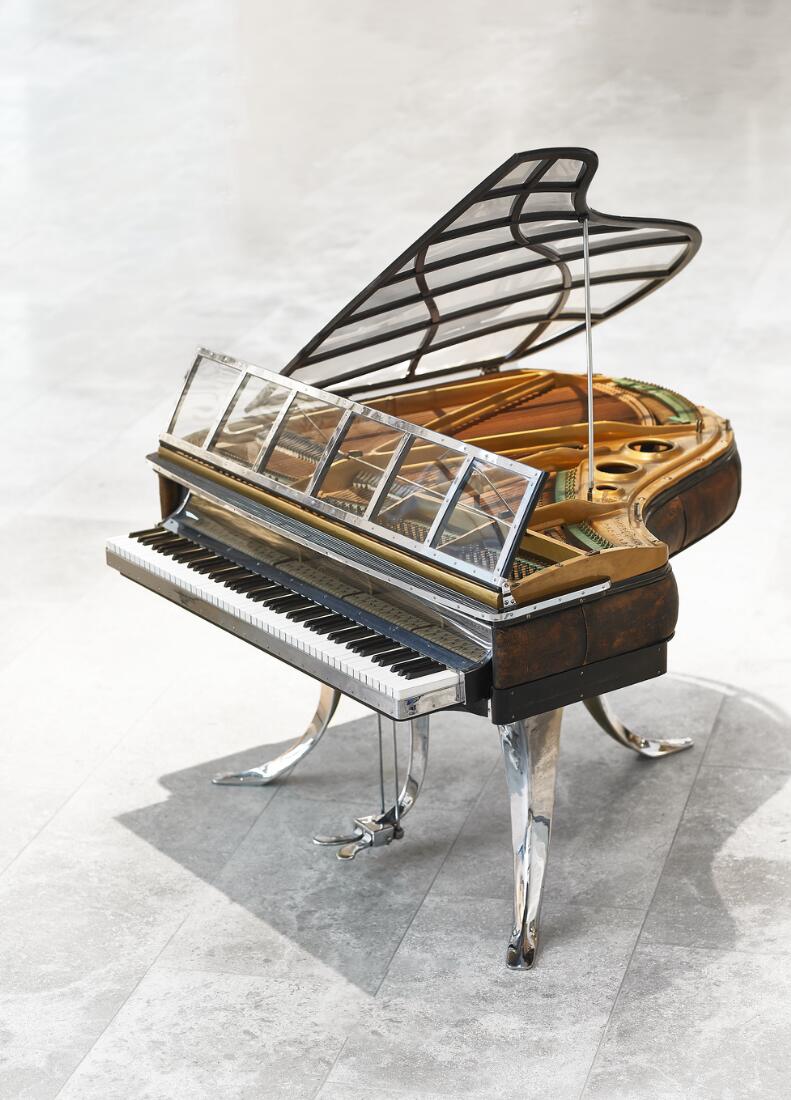PH Grand Piano: a Piece of Danish Design History
An iconic PH grand piano with an exceptional history is soon to be going under the hammer. The grand piano once belonged to Poul Henningsen’s friend and colleague Gunnar Bratvold, editor and owner of the furniture journal Mobilia. Under his ownership, the grand piano was a central and musical gathering point for several of history’s greatest Danish designers.
The master of lighting Poul Henningsen, aka PH, didn’t just design lamps, as is evidenced by this sculptural icon, which is set to go under the hammer at our Live Auction on 7 December, estimated at DKK 750,000–1,000,000. This is an original Mignon grand piano by PH from the 1930s, and one of the first few made in its day.
“PH’s Mignon grand piano, which he designed in 1931, is one of the most characteristic examples of modern design from the period. PH designed this grand piano for the city’s small jazz venues, and it testifies to his great interest in the world of music.”
Peter KjelgaardSpecialist and head of the design and modern decorative art department at Bruun Rasmussen.
The piano once belonged to the enterprising magazine publisher Gunnar Bratvold, who for several years was the owner and editor of the international journal, Mobilia. The journal became the standard-bearer for Danish Furniture Design and the “Danish Design” concept. PH was co-editor of the journal, whose professional staff also included big names in Danish design history such as Per Mollerup, Grethe Jalk, Arne Jacobsen, Ole Wanscher, Verner Panton, Poul Kjærholm, Sven Erik Møller and Gunnar Aagaard Andersen.
A Festive Meeting Point for the Elite of the Art World
As a colleague and personal friend of Gunnar Bratvold, it was PH himself who recommended that Bratvold buy the grand piano now up for auction from the piano manufacturer Andreas Christensen when the opportunity arose in 1965 – and thereby acquire one of the just 12 first pianos thought to have been made in the 1930s. Bratvold jumped at the chance, and the grand piano was later moved into Borupgård in North Zealand, which formed the setting for both the Mobilia publishing house and Bratvold’s private home.
Borupgård became the centre for a festive community of minds for the prominent designers and artists of the day. PH belonged to the inner circle, and both he, the master of lighting himself, and the American star saxophonist Ben Webster are said to have played on the grand piano, which was a permanent fixture at Borupgaard. It screams jazz music and the cultural radical elite.
The grand piano also stood under the first edition of PH’s world-famous “Artichoke” pendant, which PH and his wife Inge had gifted to Bratvold and his wife Ingelise when the couple were married in 1963. Today, this “Artichoke” lamp is on display at Design Museum Denmark.
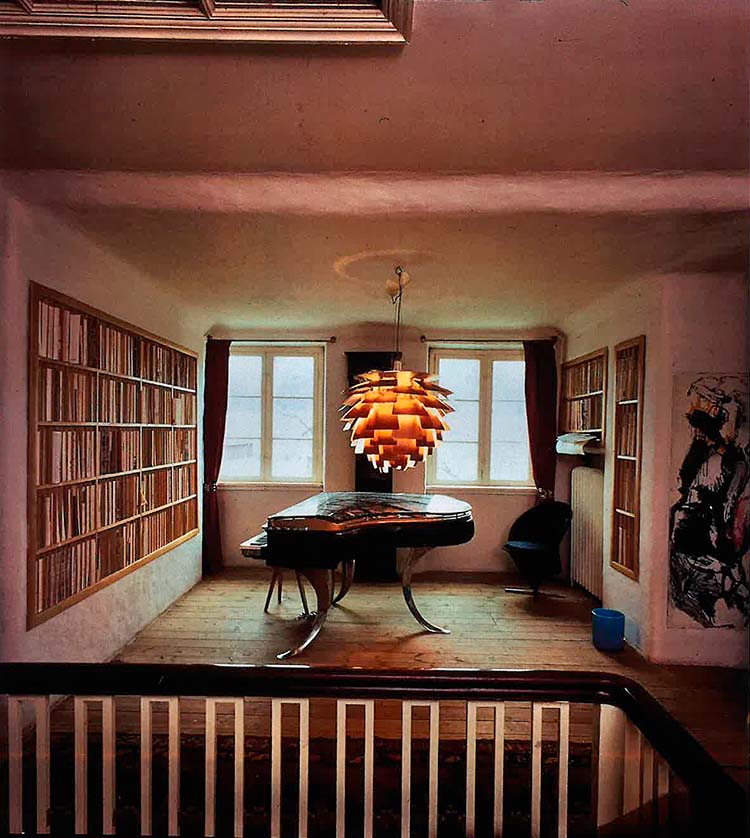
|
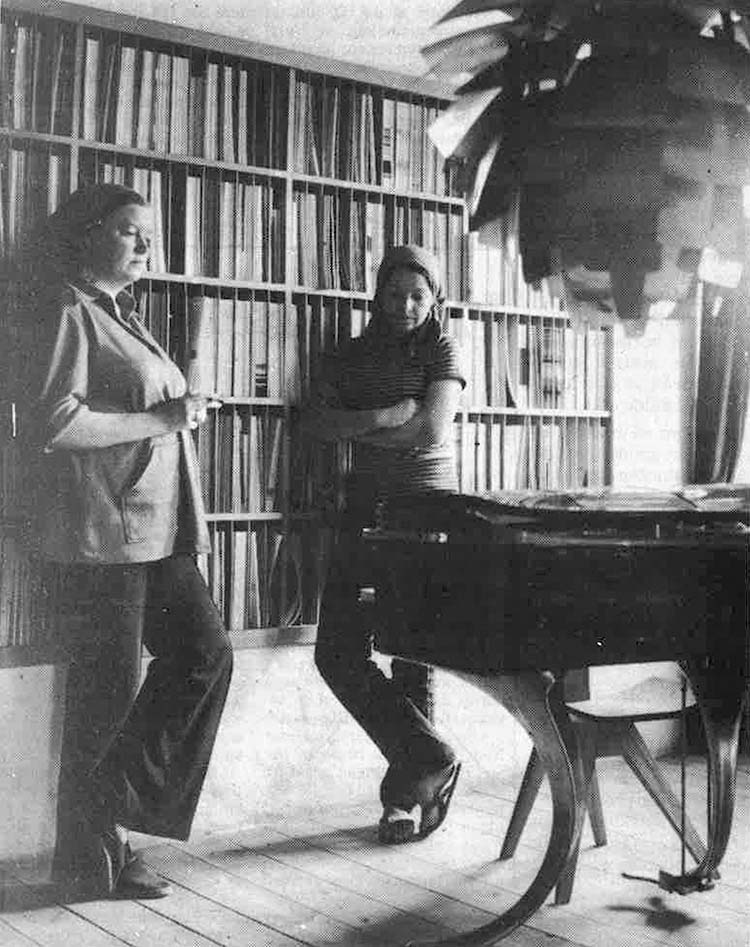
|
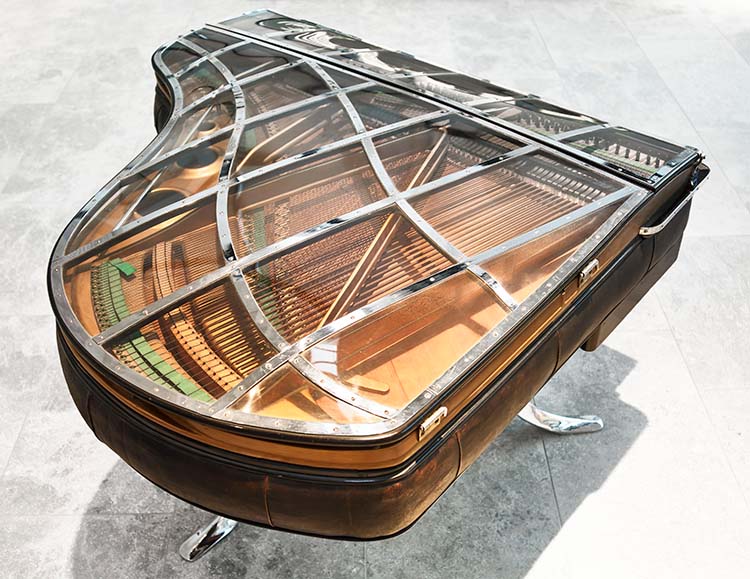
|
A Visual Anti-status Symbol
PH’s Mignon grand piano became the ultimate anti-status symbol among the cultural radicals of the 1930s. It served as a rallying point for the new tones of the day and for those with a new, transparent, rational and modern way of thinking.
“It is a musical instrument that transcends its function and, with its distinctive and highly sculptural form, takes a grand piano as an instrument from classicism and sublimity directly into modernism. It is thus also transformed into a sculpture, with a visual impression even more immediate than the music played on it.”
Peter Kjelgaard
Gunnar Bratvold and Mobilia
The idea for Mobilia came to Gunnar Bratvold (1909–1966) in 1955, as he believed that “Danish Design” deserved international publicity and recognition. Bratvold, more than any other, can be said to have put the concept on the world map. The journal dealt with art, architecture and design and gained significant importance as a mediator of Danish and Scandinavian furniture culture. In 1963, following its establishment at Eriksholm on Kongevejen, the publishing house moved to Borupgård in Snekkersten, North Zealand.
PH was for many years co-editor of the journal, which, with its open house principle, served as an intermediary between younger designers and manufacturers. This meant that interested designers, furniture professionals and artists could turn up with drawings and ideas for the journal. They could engage in dialogue and exchange views and ideas here, while also seeing and partying with one another socially.
Mobilia was translated into English, German and French, and more than half of its readership was from outside Denmark, e.g. Australia, USA, Japan and the rest of Europe. After Gunnar Bratvold’s death in 1966, his wife Ingelise and Bratvold’s daughters continued the journal, with the help of renowned furniture designers such as Grete Jalk and Nanna Ditzel, among others. It was taken over by Per Mollerup in 1974 and later closed in 1984.
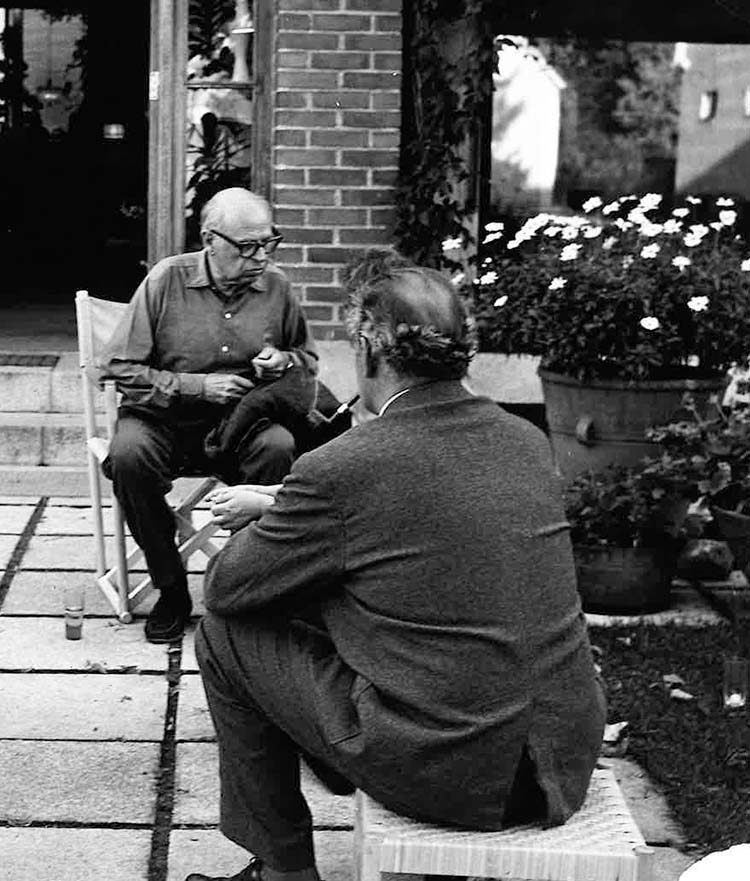
|
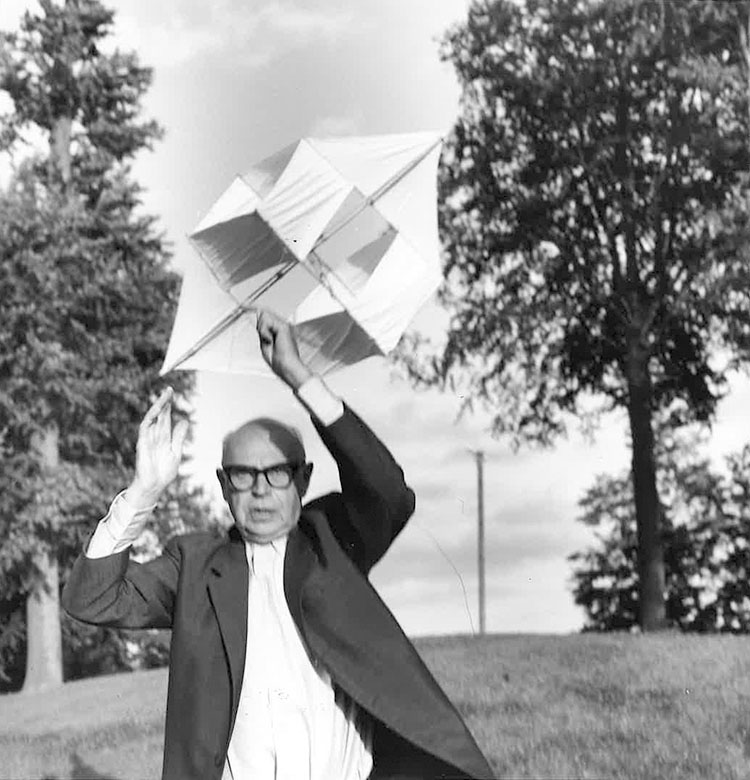
|
PH and the Grand Piano
Poul Henningsen (1894–1967) left a lasting mark on the Danish consciousness – as a designer, a sharp social critic and a revue writer. The most obvious testimony to PH’s functionalism is, of course, the PH lamp.
However, the master of lighting also had a great love of music, and in the 1930s, he created a series of grand pianos for high society in the swanky places of the day such as Glassalen (the Glass Hall at Tivoli) and Scala in Copenhagen. All of them broke with convention when it came to the appearance of such an instrument, the plexiglass model from the early 1930s being the most famous. This type of grand piano was designed as a solution to the lack of space on the small jazz stages.
The plexiglas lid made eye contact possible between pianist and bassist, and the welded steel legs under the grand piano made room for the drummer’s bass drum to stand close to the grand piano. The leather sides made the grand piano easy to handle when transporting it from place to place.
The grand piano up for auction comes with the original purchase agreement from 1965.
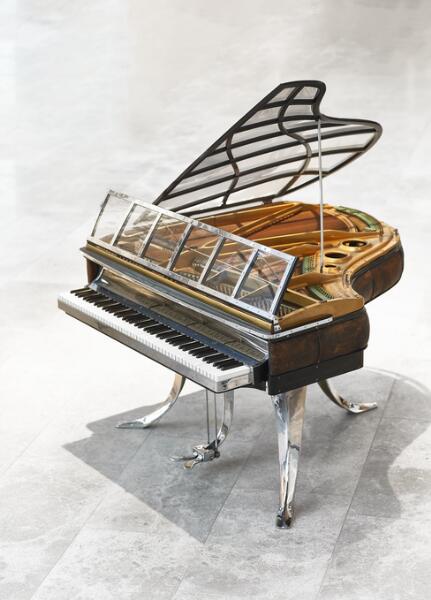
For further information, please contact
|
|
Amalie HansenAmalie HansenSpecialist / Modern Decorative Art & Design / København |
|
|
Andreas KrabbeAndreas KrabbeSpecialist / Modern Decorative Art & Design / København |
|
|
Poul Svalgaard HenriksenPoul Svalgaard HenriksenSpecialist / Modern Decorative Art & Design / København |
|
|
Anders Bodholt AskmanAnders Bodholt AskmanSpecialist / Modern Decorative Art & Design / København |
|
|
Klara Johansdotter HagbergKlara Johansdotter HagbergSpecialist / Modern Decorative Art & Design / København |
